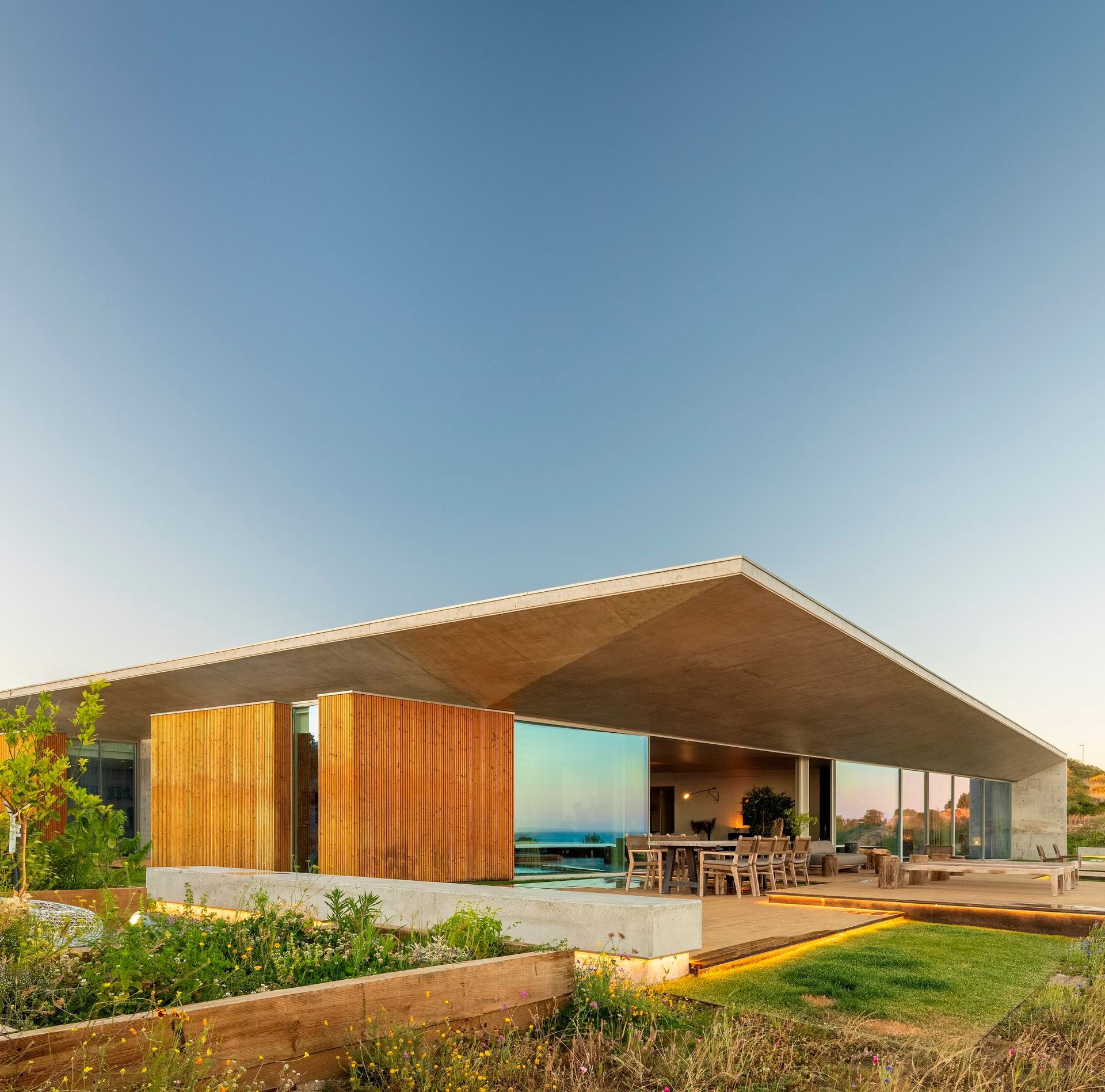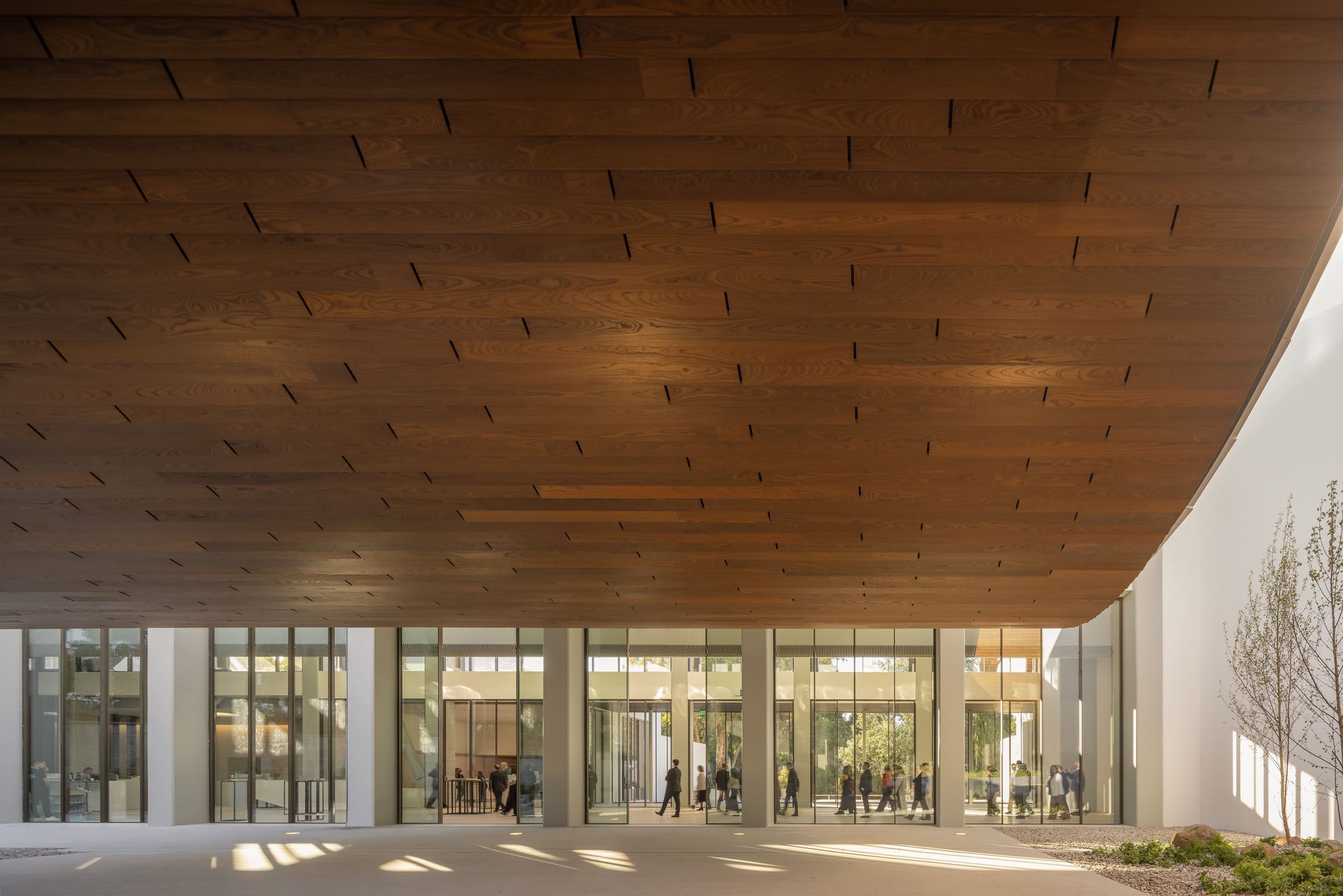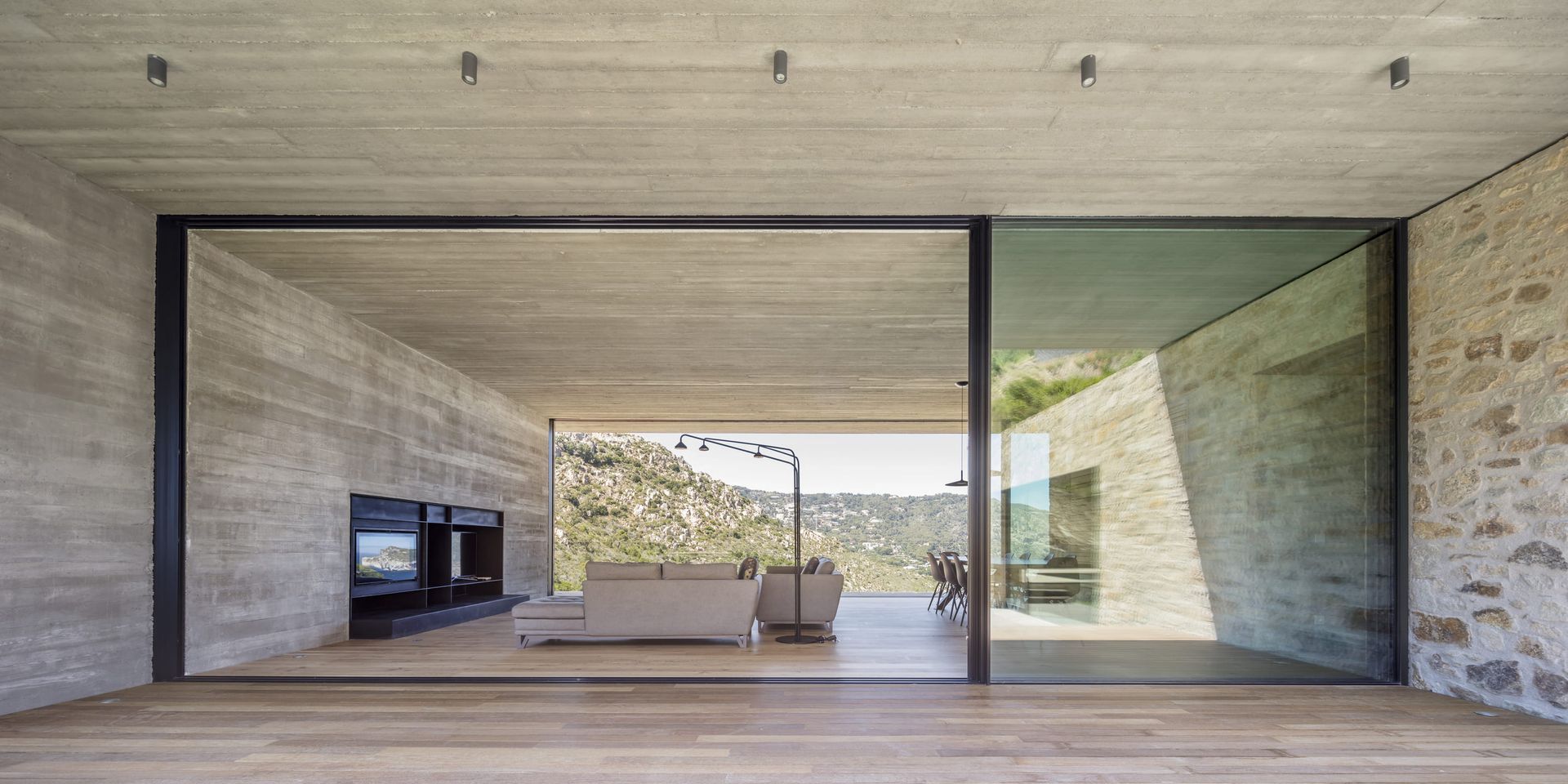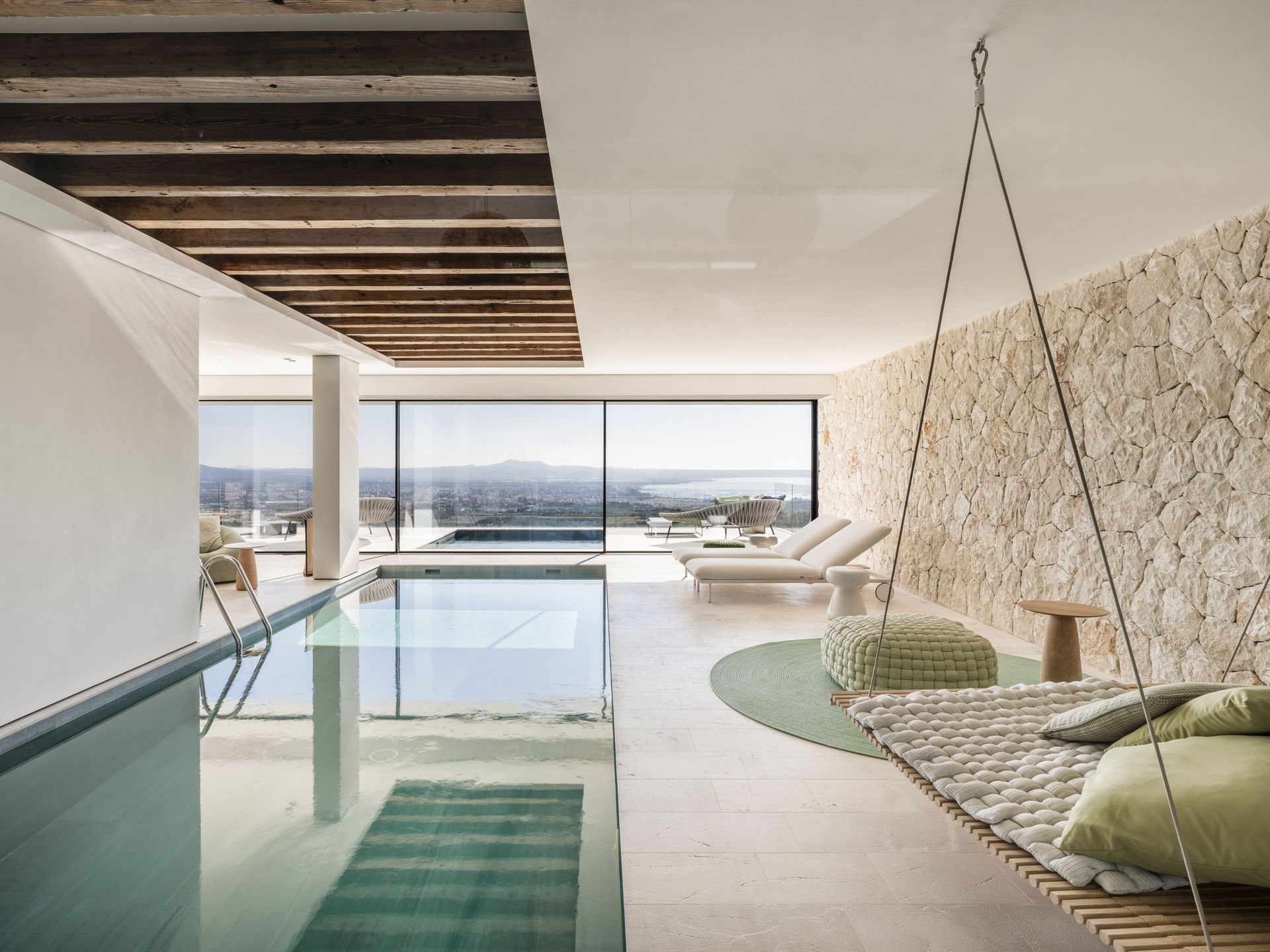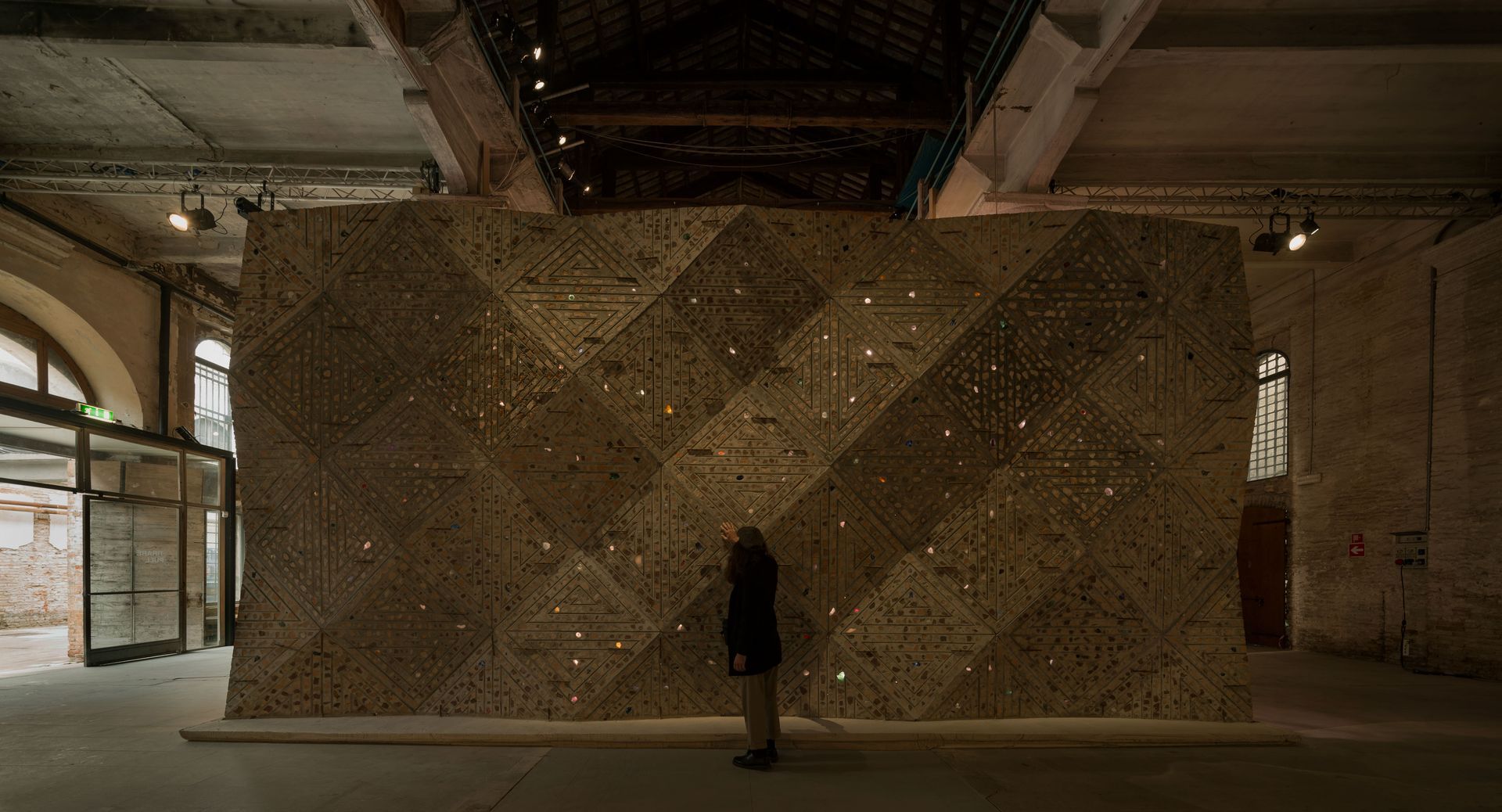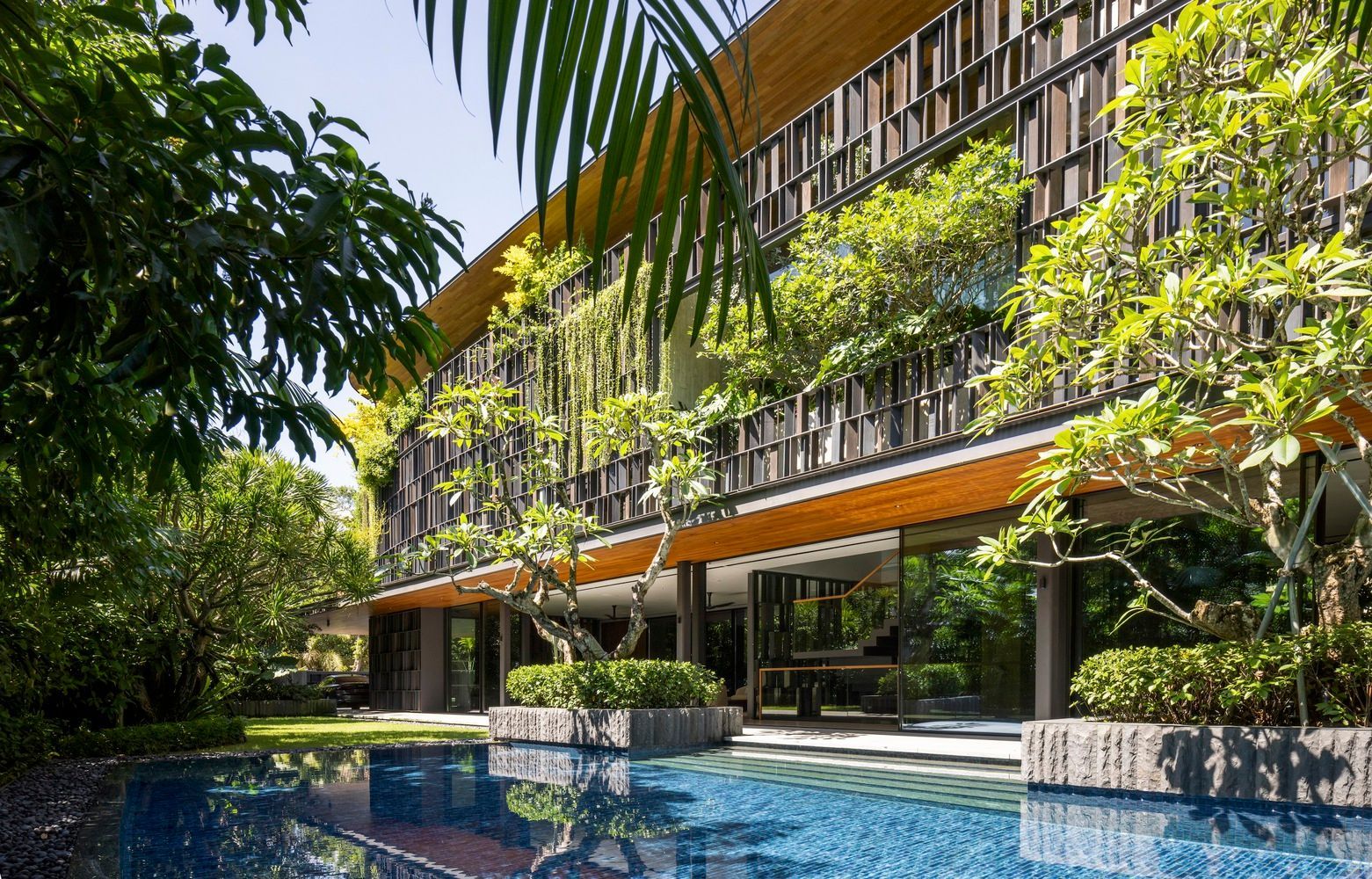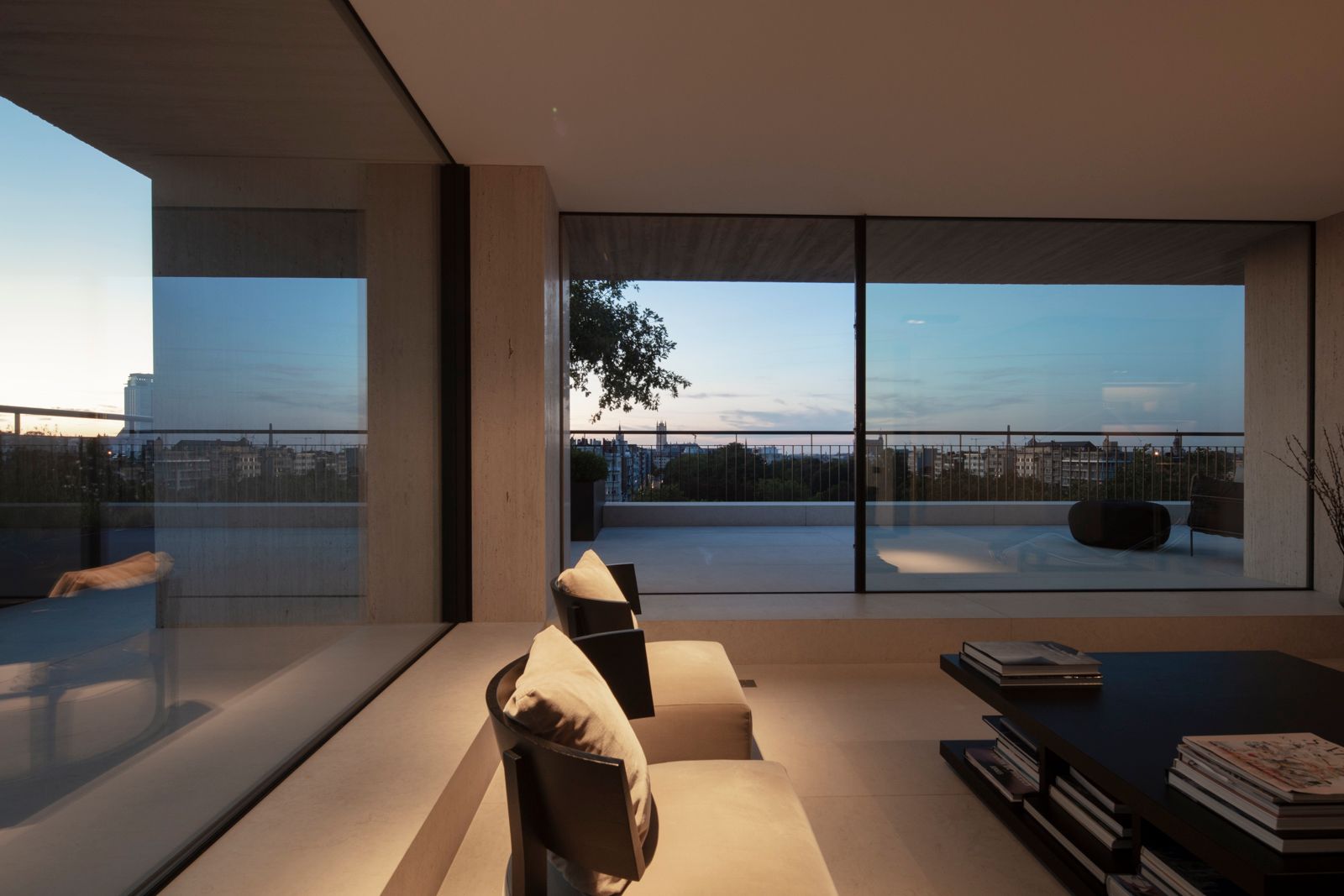5 Must-Visit Art and Architecture Destinations in Munich
Munich is celebrated for its significant cultural legacy and avant-garde architecture, and it is an active participant in the discourse of design and creativity. As you engage with the innovative spirit of the BAU fair, consider exploring five key sites that exemplify Munich's architectural and artistic ethos.
1. Pinakothek der Moderne
This institution is a paradigm of modernity, housing one of Europe's largest collections dedicated to modern and contemporary art, architecture, and design. Conceived by architect Stephan Braunfels, the structure features a rigorous minimalist aesthetic of concrete and glass, promoting an integrated experience between the exhibits and the architectural frame. The Design Museum within is particularly noteworthy, as it traces the evolution of industrial design from its inception to the present.
See also-
January 2025 Agenda: A Global Month for Architects and Designers

2. Herz Jesu Church
This ecclesiastical structure reinterprets modern sacred architecture. Completed in 2000 by Allmann Sattler Wappner Architects, the building is characterized by a striking blue glass façade that subtly disguises a complex wooden interior, symbolizing transparency and illumination. The architectural language presents a contemplative space, inviting discourse on the relationship between contemporary design and spirituality.

3. BMW Welt and Museum
A vital case study in the convergence of design and engineering, BMW Welt, designed by Coop Himmelb(l)au, functions as both a showroom and an experiential center that embodies the brand's innovative ethos. With its distinctive spiral form conceived by Karl Schwanzer, the adjacent BMW Museum serves as a chronological narrative through the progression of automotive design and technological advancements, offering insights into materiality and form.

4. Nymphenburg Palace
Representing the epitome of the Baroque architectural style, Nymphenburg Palace is a notable example for those interested in the interplay between architecture and landscape design. This sprawling estate boasts opulent interiors reflecting 17th-century aristocratic life and an intricately designed park that exemplifies its era's formal landscape design conventions.
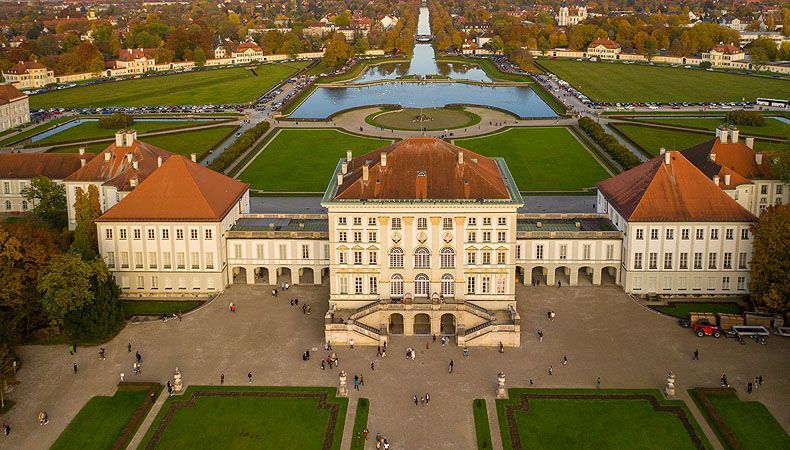
5. Haus der Kunst
As a significant cultural institution, the Haus der Kunst carries a complex history rooted in its origins as a propaganda venue during the Nazi era. Today, it stands as a crucial platform for contemporary art, committed to fostering critical dialogue and showcasing artistic experimentation. Its architecture, more of a neutral canvas, allows diverse artistic expressions to resonate within its walls, facilitating a rich environment for contemporary discourse.
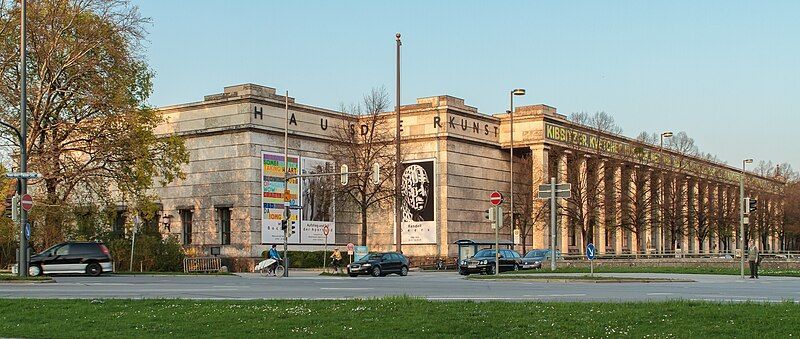
Experience Munich Beyond the Fair
These destinations reflect Munich’s multifaceted architectural narrative and invite professional contemplation of design, function, and cultural context. Whether examining avant-garde innovations or appreciating historical grandeur, Munich presents a wealth of inspiration for those immersed in architecture, design, and engineering.
Maximize your experience at the BAU fair and immerse yourself in Munich’s architectural treasures that await your exploration.


